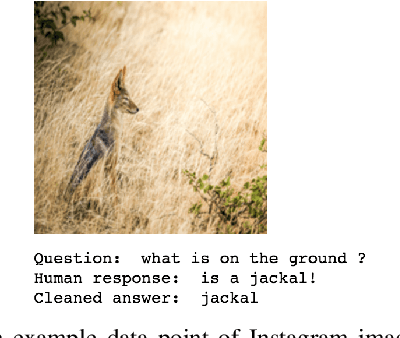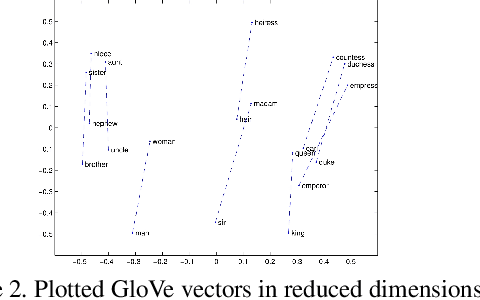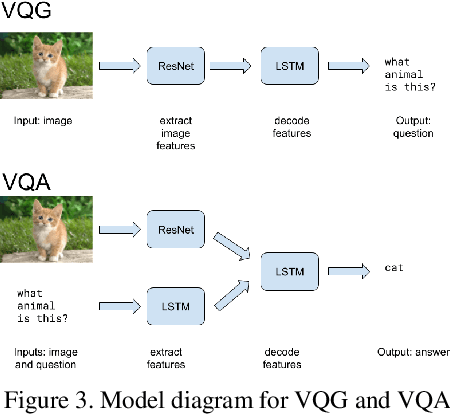A Free Lunch in Generating Datasets: Building a VQG and VQA System with Attention and Humans in the Loop
Paper and Code
Nov 30, 2019



Despite their importance in training artificial intelligence systems, large datasets remain challenging to acquire. For example, the ImageNet dataset required fourteen million labels of basic human knowledge, such as whether an image contains a chair. Unfortunately, this knowledge is so simple that it is tedious for human annotators but also tacit enough such that they are necessary. However, human collaborative efforts for tasks like labeling massive amounts of data are costly, inconsistent, and prone to failure, and this method does not resolve the issue of the resulting dataset being static in nature. What if we asked people questions they want to answer and collected their responses as data? This would mean we could gather data at a much lower cost, and expanding a dataset would simply become a matter of asking more questions. We focus on the task of Visual Question Answering (VQA) and propose a system that uses Visual Question Generation (VQG) to produce questions, asks them to social media users, and collects their responses. We present two models that can then parse clean answers from the noisy human responses significantly better than our baselines, with the goal of eventually incorporating the answers into a Visual Question Answering (VQA) dataset. By demonstrating how our system can collect large amounts of data at little to no cost, we envision similar systems being used to improve performance on other tasks in the future.
 Add to Chrome
Add to Chrome Add to Firefox
Add to Firefox Add to Edge
Add to Edge